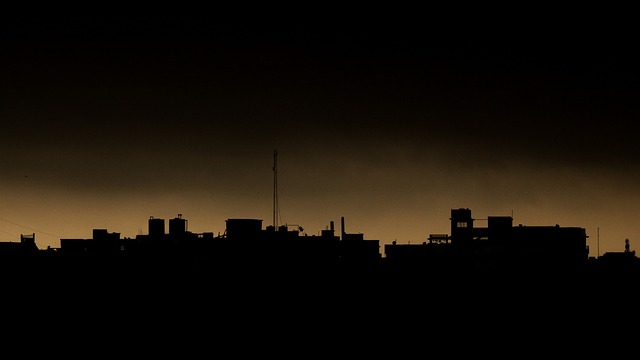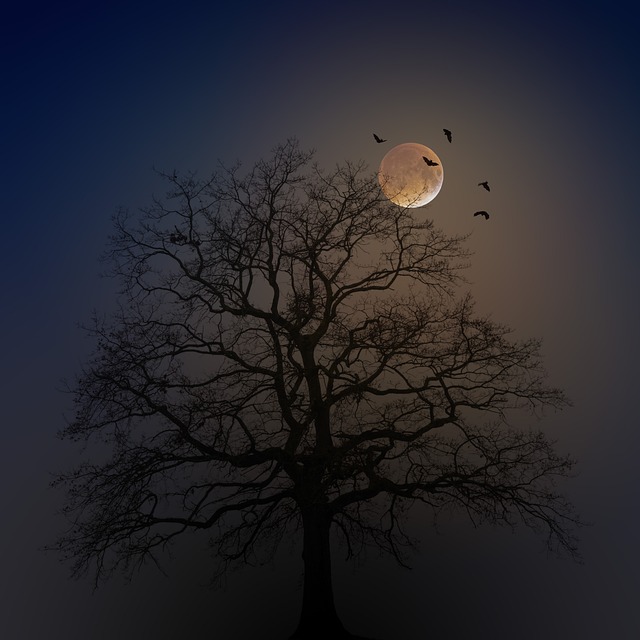When Thomas Edison first illuminated a New York street in 1879, he set in motion the modern era of electric lighting. Many at the time hailed his invention as revolutionary and so it was, but now many environmentalists, naturalists, and medical researchers consider light pollution to be one of the fastest growing and most pervasive forms of environmental pollution there is.
A growing body of scientific research suggests that light pollution is having a lasting adverse effect on both human and wildlife health.
Who exactly is ALAN?
Artificial Light At Night (ALAN), impacts on all levels of biodiversity from genes and cells to individuals and populations, communities, ecosystems and landscapes and comes in many forms.
Sky glow – is the bright halo that appears over urban areas at night, you can often see this as you look towards Dorking from Westcott if you’re out in the evening. It is produced by light being scattered by water, dust and gas molecules in the atmosphere.

Light trespass – is where unwanted artificial light from say, a street light, spills into an adjacent property or land which would otherwise have been dark. Think Denbies – if you’ve ever witnessed this building at night!
Glare – is produced by horizontal lighting such as vehicle lights.
Over-illumination – is where the use of light goes beyond what is required of the lighting, ie, leaving office lights on in a building which is empty.
Why should we care?
Numerous studies have shown the negative impacts of light pollution on our human health. ALAN interferes with our circadian rhythms, and this has been linked to several medical disorders including, insomnia, depression, cancer and cardiovascular disease.
10 – 15% of our genes are controlled by circadian rhythms, which means that disruption to these cycles will have a negative impact on our health.
ALAN is known to affect the very processes of life, from tiny enzymes right up to entire largescale ecosystems. When circadian rhythms get disrupted, they cause the dysregulation of many natural processes such as sleep, feeding patterns and hormone production, which in turn affects the overall health of human and wildlife populations.
With new houses popping up all over the place on brownfield and now even greenbelt land, this trend is eating away at those precious ‘dark’ areas which before, had little light pollution.

We are lucky to live in the Surrey Hills and have an abundance of wildlife on our doorsteps. However, the insects, birds and mammals that we perhaps take for granted are being negatively impacted right under our noses by ALAN.
What is the impact on nature more widely.
Over millions of years, mammals, birds, and insects have evolved to use light cues to determine their behaviour, behaviours such as reproduction, foraging and navigation. Unfortunately, ALAN disrupts these natural behaviours often with dire consequences.
We are all familiar with insects madly flying around lights, but this attraction is not natural and can have fatal consequences for those insects drawn in by the light. It can cause exhaustion, increased predation and an inability to navigate – meaning that a whopping third of all insects attracted to artificial lights, die prematurely.
In recent years, an increase in security measures on many people’s houses has meant that we now often have more lights shining on or around our homes, creating even more localised light pollution.
Reproduction and Breeding
Numerous species rely on natural light/dark cycles to regulate their mating behaviours. Courtship displays, finding mates, and territorial marking, are all activities which take place in response to light cues. ALAN has been shown to disrupt these natural behaviours, resulting in lower reproduction rates among certain species.

In the UK alone, studies have shown that caterpillar populations have declined by 52% in areas with street lighting. Glow worm populations are significantly reduced in artificially lit areas, and dung beetles, who use the moon and stars to navigate, have been found to become disorientated under light polluted skies. The situation is now so serious that ALAN is reducing the nocturnal pollinator visits to flowers, by 62% in some areas.
But it’s not just insects who are being affected. Data from a study into the effects of ALAN on blackbirds found, that even low intensities of ALAN, can dramatically negatively affect their reproductive systems.
Trees
Although the data on the impact of ALAN on birds and mammals is limited, the data on the impact on flora is even more sparce. But one study I did find indicated that, on streets with street lighting, ALAN was impacting leaf growth on trees and shrubs.
This study showed that the leaves of certain species developed up to 20 days earlier in the spring than those in the control conditions. This undoubtedly will have implications for the wildlife that depend on the trees for their natural habitat and food.
You see nothing we do in this world is without consequences, each action will and does have an impact. Our skies are so light polluted now, that all life on our planet is being impacted even in the oceans. If we want to keep our balance on this planet, we need to find ways to live in harmony with nature, respecting it’s ‘laws’ and instead of imposing ourselves onto it, perhaps finding natures’ rhythms and beating our drum in tune with hers.
Nancy Lund
References:
